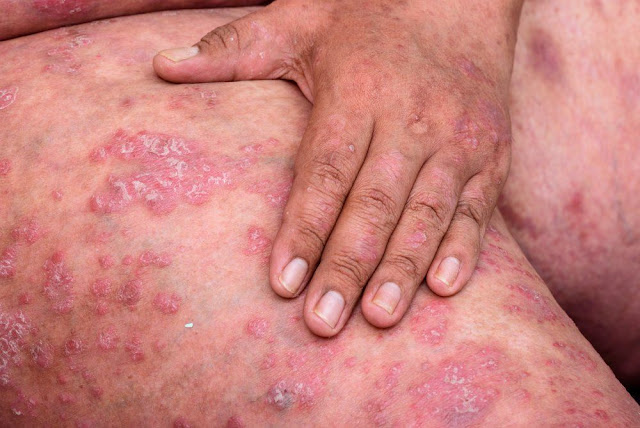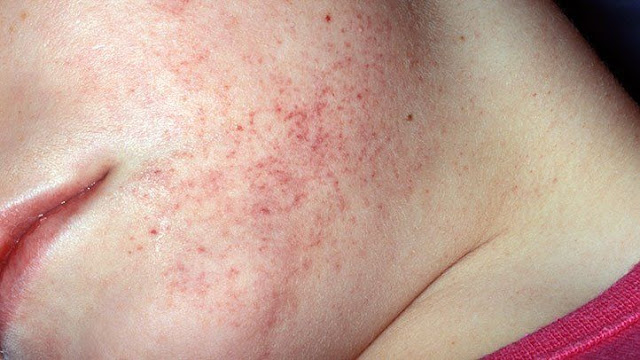Safe skin care during pregnancy
Most pregnant women know that what they put (or don't put) in their bodies is important to the well-being of their growing baby, whether it's the right kind of protein, too much caffeine, or certain types of fish. But many pregnant women might not know that what they put ontheir bodies is just as important. Most of us slather on oceans of lotions every day, but we don't think about what might be passing the skin barrier and being absorbed into our bodies. With a developing baby in your belly, this is a vital concern. "Everything you eat, apply, or come into contact with may affect not only you but also your baby," says Sandra Marchese Johnson, a dermatologist with Johnson Dermatology in Fort Smith, Arkansas. Is It Safe During Pregnancy? Our experts answer your most pressing questions about what is and isn't safe during pregnancy. "Because some topical ingredients get absorbed into the blood




